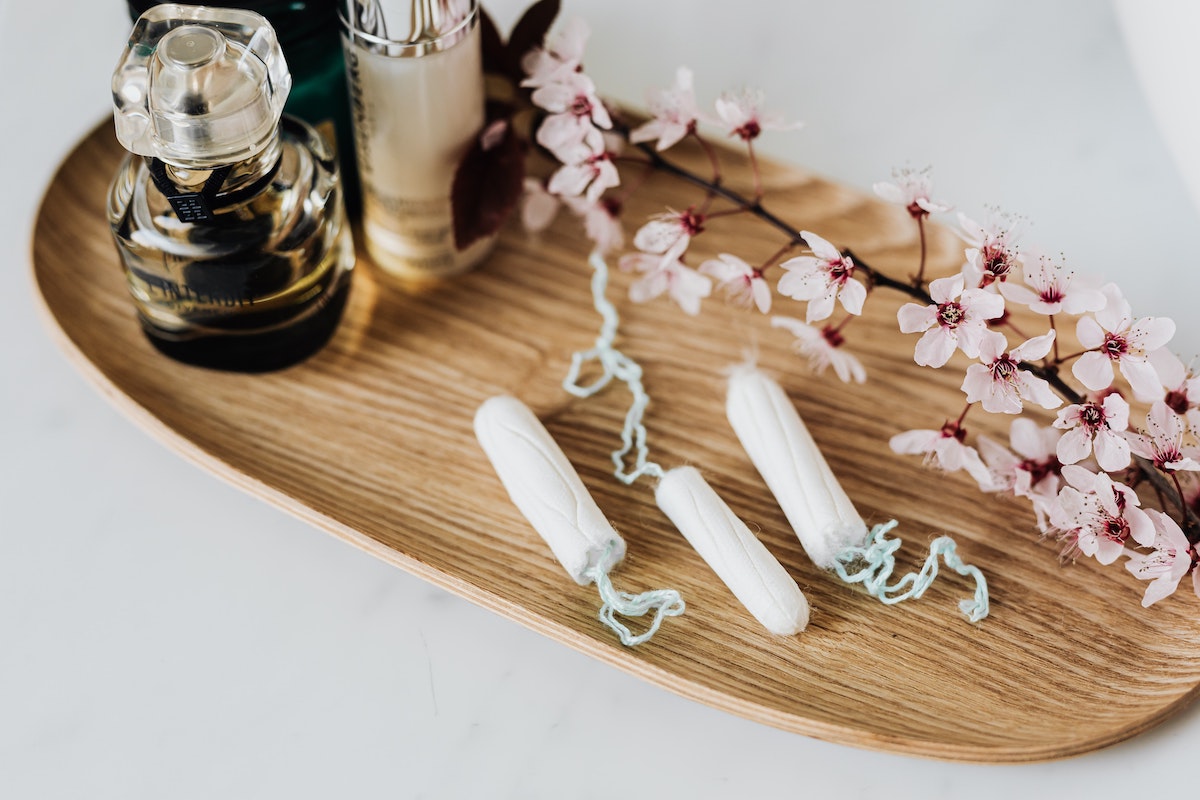Four Ways to Live Lagom Every Day
Browsing an impossibly hip store in San Diego’s equivalent of Wicker Park, I was struck by a colorful cookbook cover and the giant, how-do-I-pronounce-that word splashed across the front: LAGOM.
My brain, at first, thought I was reading the word “lagoon,” but once I sorted that out, I realized I still had no idea what lagom was, or even what language it was from. Luckily, I have the internet.

What is lagom?
We’ve talked about it a little bit on aSweatLife before, but hey, that was almost a year ago, so let’s refresh.
Lagom, it seems, is the Goldilocks principle applied to everyday living: not too much, not too little, juuuuuust right.Translated directly, lagom means “just the right amount.” An ancient Swedish proverb surrounding lagom translates to “Enough is as good as a feast.” Or, as my mom put it way back in the late 90s, “everything in moderation.”
In her book The Benefits of Living Lagom, author Anna Brones describes lagom (pronounced LAH-gum) as removing extremes from your lifestyle.
“Lagom allows us to remove ourselves from the extremes, to find balance in the middle,” she explains. “Extremes can often be detrimental to our physical and emotional health.”
Four ways to practice lagom in your lifestyle
When you eat
The most obvious application of lagom is in your eating habits. Maybe that’s where Michael Pollan drew inspiration from when he summed up his eating philosophy as “Eat food. Not too much. Mostly plants.”
A lagom eating philosophy would be one of balance, then; not overindulging and overeating, and not totally restricting yourself from everything you truly love (I write over leftover pizza).
When you work
The American workforce values quantity — hours worked are worn as a badge of honor, as is responding to work emails at two in the morning.
Not so with Swedish lagom. Swedish workers know there’s value in working productively, and stopping without guilt once those productive hours are out the window.
When you take breaks
Similar to while working, the value of taking breaks is essential to lagom. Regular breaks are essential to keeping your brain fresh and productive during the workday, or even during that dreaded spring cleaning chore you keep putting off.
Some people find that pomodoro technique works well for them; other studies show that the most productive people work for 52 minutes before taking a 17 minute break. Whatever method you choose, the experts agree on one thing: save your break for something besides social media, and instead, use the time to connect with someone or do anything that takes you away from your phone screen, like sipping a coffee, meditating, or reading for a few minutes.
When you plan your to-do list
For years, I worked with a long-running to-do list of more than a dozen items, at least eight of which never left my list because they were either overwhelming or less than exciting.
Now, after falling in love with The Happiness Planner, I revised my to-do list to a “Must Do Today” list of 3-5 things that if I finished, I’d be proud of what I’d accomplished that day. I’m spared the stress of a long list that makes me ask myself “Will I ever get any of this done?” At the same time, it’s not so short of a list that I can easily push any of the items off until another day.
First with hygge, now with lagom, it seems the Scandinavians just have everything figured out. How will you incorporate lagom into your everyday life?












